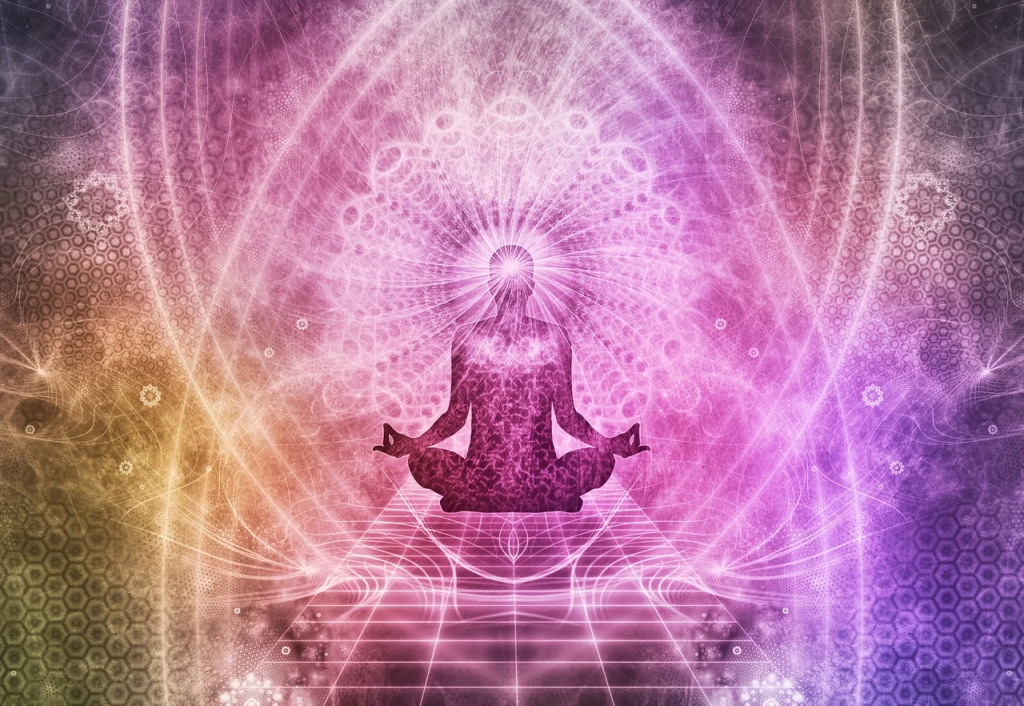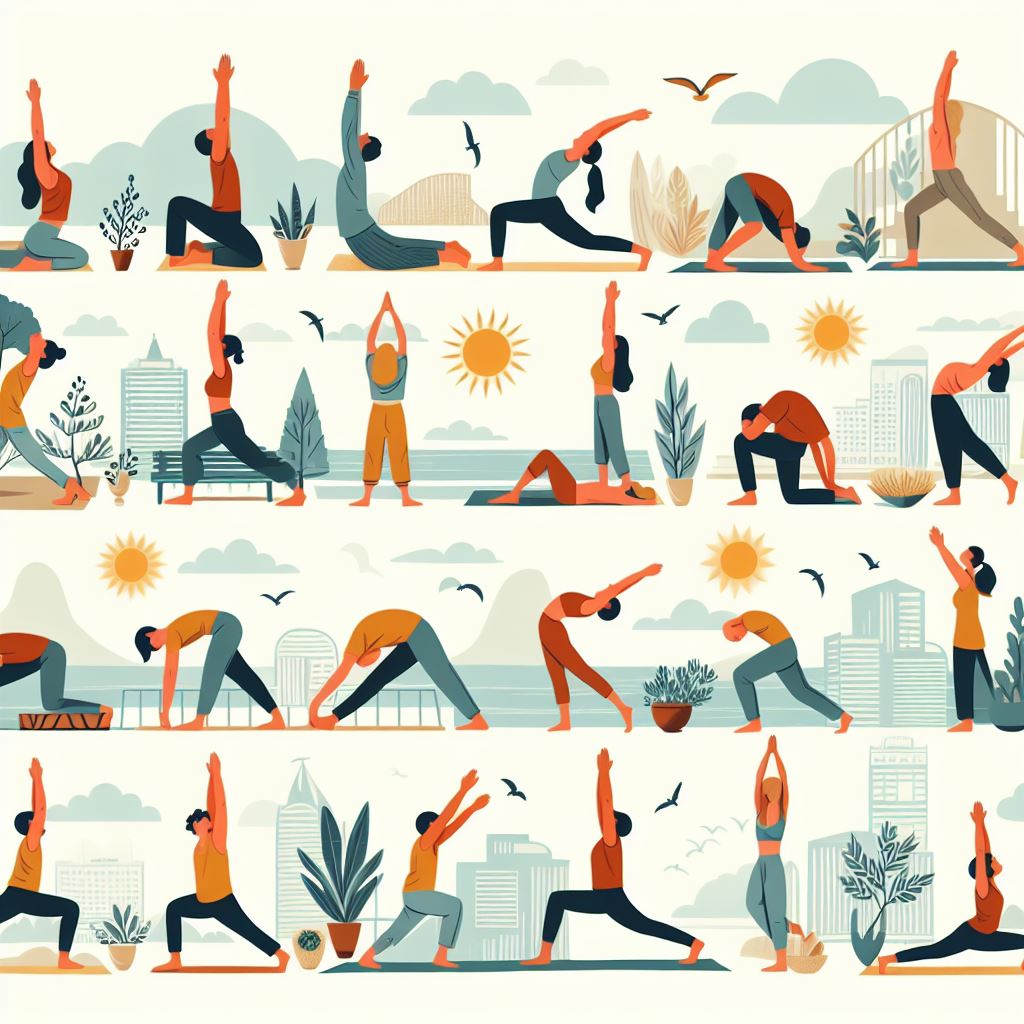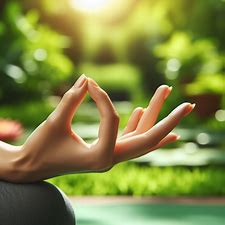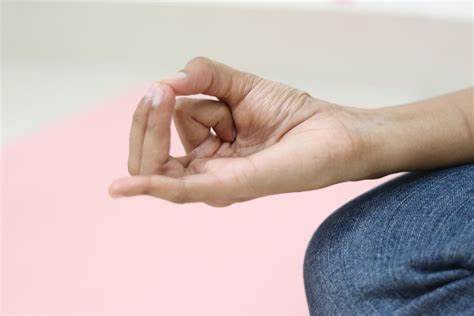Table of Contents
Introduction
Welcome to a transformative journey of exploring the incredible world of yoga for mind and mental well-being! In this blog post, we will dive deep into seven powerful yoga techniques that have the potential to elevate your mental state and bring about a sense of inner peace and harmony. Whether you’re a seasoned yogi or just starting your yoga journey, these techniques will provide you with the tools to nurture and nourish your mind, allowing you to tap into a state of blissful tranquility. So, roll out your mat, take a deep breath, and let’s embark on this enlightening adventure together. Get ready to unlock the immense power of yoga for your mind!

Understanding Yoga and its connection with Mental well-being
Yoga, an ancient practice of harmonizing the mind, body, and spirit, dates back thousands of years to the Indus Valley civilization. Created by the sages and gurus of ancient India, yoga offers much more than physical exercise. It is a holistic approach to wellness, encompassing various techniques such as postures (asanas), breathing exercises (pranayama), and abstract meditation. Through regular practice, individuals can cultivate self-awareness, balance, and inner peace. Yoga is not simply about contorting the body into intricate poses; it is a profound journey of self-discovery and transformation. So dive into this ancient tradition and unlock the boundless potential within you.
This ancient practice is often credited to an Indian saint named Patanjali who classified it into 8 parts which are as follows.
- Yam: These are simple rules to follow and are further divided into various moral categories like non – violence, chastity, truthfulness, non-stealing etc.
- Niyam: These are further rules which need to be followed and are related to practices. These are divided into cleanliness, contentment, self discipline, study of self, contemplation of almighty (spirituality).
- Asan: These are physical exercise / postures meant for fitness. The most easiest is Sukhasan which is must for meditation as per Patanjali.
- Pranayam: These are breath controlling exercises.
- Pratyahaar: This is like a transition – Patanjali uses it to move from external world to internal world.
- Dharanaa: This is how Patanjali perceived on focus. This is more related to mind control.
- Dhyaan: This is assumed to be subtle form of meditation though it is quite different. It is next stage of earlier Dharanaa and is better focused on detailed contemplation of inner experience. To avoid confusion, we shall refer it as abstract meditation.
- Samaadhi: This is the final stage and used to understand how Patanjali considered Spiritual upliftment. This is the goal of Yoga.

However, very few know that this ancient practice also holds immense potential for fostering mental well-being. By engaging in yoga, individuals can embark on a transformative journey towards self-discovery and inner peace. Through a combination of physical postures, breathwork, and meditation, yoga nurtures an intimate connection between the body and the mind. As we move through each pose, we cultivate mindfulness, allowing us to release tension and stress held within our bodies. Simultaneously, deep and conscious breaths help us anchor ourselves in the present moment, quieting the incessant chatter of the mind. By embracing these practices, yoga empowers us to develop a heightened sense of self-awareness, promoting mental clarity, emotional stability, and overall well-being.
Technique 1: Mindful Breathing
Mindful breathing is a transformative technique that allows us to reconnect with our breath and cultivate present moment awareness. As we take slow and deliberate breaths, we tune in to the rhythm of our inhalations and exhalations, creating a sense of calm and grounding within ourselves. With each breath, we become deeply attuned to the sensations in our body and the thoughts and emotions that arise. This simple yet profound practice can be done anywhere, anytime, serving as a powerful tool to reduce stress, enhance focus, and promote overall well-being. By harnessing the power of our breath, mindful breathing empowers us to navigate the challenges of life with grace and equanimity.

Technique 2: Gentle Asanas
Gentle Asanas, also known as gentle yoga poses, are a beautiful way to embark on a soothing journey of self-care and relaxation. These gentle postures, carefully crafted to prioritize ease and comfort, provide a gentle stretch to the body, helping to release tension and promote overall well-being. With their fluid and gentle movements, gentle asanas invite practitioners of all ages and fitness levels to embrace the practice with open arms.
From the flowing Cat-Cow pose that gently massages the spine, to the peaceful Child’s pose that offers a sense of surrender, each gentle asana allows the body to unwind and the mind to find tranquility. Engaging in these gentle postures can bring a sense of serenity and rejuvenation to both body and soul, making it an ideal practice for those seeking a gentle and nurturing approach to yoga.
Gentle Asanas, also known as gentle yoga poses, offer a serene sanctuary amidst the chaos of everyday life. These soothing postures provide a nurturing space to unwind, release tension, and cultivate a harmonious mind-body connection. With their slow, deliberate movements and focus on deep breathing, gentle asanas gently coax us into a state of tranquility and inner stillness. By stretching and strengthening our muscles with mindful intention, these poses not only improve our physical well-being but also support our mental health. Engaging in gentle asanas regularly can help reduce stress, alleviate anxiety, and promote a sense of overall calmness.
Technique 3: Dhyaan (refined meditation):
Meditation, a practice steeped in centuries-old wisdom, offers a serene sanctuary amidst the chaos of our modern lives. It is an art of stillness, a dance of introspection that nourishes the soul. Through the gentle embrace of Dhyaan, the abstract form of meditation, we embark on a transformative journey to unlock the depths of our minds. As we surrender to the present moment, we witness the unruly tides of our thoughts gently cradling us, allowing us to find clarity amidst the noise. With each inhalation, we inhale tranquility, exhaling stress and worry. Through the practice of Dhyaan, we cultivate a deeper connection with ourselves, fostering mental well-being and embracing the blissful harmony that resides within.
Technique 4: Let’s worship Sun
This ancient practice is better known as Surya Namaskaar or Sun salutations.

Surya Namaskaar, also known as Sun Salutation, is a rejuvenating sequence of yoga postures that pays homage to the life-giving energy of the sun. This delightful practice not only invigorates the physical body but also nurtures the mind and soul. As the body gracefully flows from one asana to another, each movement synchronizes with the breath, creating a harmonious dance of vitality.
With each gentle stretch and mindful bend, Surya Namaskaar helps release tension and stagnant energy, leaving the practitioner feeling refreshed and energized. Through this ancient practice, one can experience a profound sense of mental well-being, as the mind becomes more focused and serene, and the worries of the day seem to melt away. Surya Namaskaar is a beautiful union of body, breath, and spirit, offering a holistic approach to nurturing the self.
Technique 5: Restorative Yoga
Restorative Yoga is a gentle yet powerful practice that invites you to surrender to deep relaxation and rejuvenation. Through the use of supportive props, such as blankets, bolsters, and blocks, Restorative Yoga allows your body to comfortably settle into each pose for extended periods. As you breathe deeply and mindfully, tension melts away, releasing physical and mental stress. This practice creates space for your mind to quieten, promoting a sense of inner peace and tranquility. By cultivating a state of calm and stillness, Restorative Yoga nurtures your mental well-being, helping you find balance amidst the chaos of daily life. So, take a moment to indulge in this blissful practice and experience the profound benefits it offers.
Technique 6: Yoga Nidra
Yoga Nidra, also known as yogic sleep, is a transformative practice that takes you on a journey within your own consciousness. It is a state of deep relaxation where your body is at rest, but your mind remains alert. This ancient technique allows you to access the realms of your subconscious mind, enabling profound healing and rejuvenation. During Yoga Nidra, you embark on a guided meditation, effortlessly exploring the landscape of your thoughts, emotions, and sensations. As you dive deep into this meditative state, stress melts away, anxiety fades, and a profound sense of calm envelops your being. Discover the power of Yoga Nidra and unlock the gateway to enhanced mental well-being.
Technique 7: Yoga Mudra
Yoga is not just limited to above postures but also contains hand postures named as Mudras.
Yoga Mudra is a captivating practice that weaves together the power of physical movement and mindful breath to enhance our mental well-being. This ancient technique involves the joining of specific hand gestures, known as mudras, with synchronized body postures and controlled breathing. It is believed to stimulate energy flow within our bodies, enabling us to channel our inner peace and find balance amidst the chaos of everyday life. By immersing ourselves in the graceful art of Yoga Mudra, we unlock a profound connection between our mind, body, and spirit, allowing us to cultivate clarity, reduce stress, and awaken our true potential. Experience the transformative magic of Yoga Mudra and embark on a journey of self-discovery and tranquility.
2 most common such Mudras are as follows
Gyan Mudra
Gyaan Mudra, also known as the gesture of knowledge, is a powerful hand gesture used in yoga and meditation practices. By touching the tip of the thumb and index finger together while extending the other three fingers, this mudra creates a subtle connection that stimulates the mind and enhances mental clarity. The thumb represents universal consciousness, while the index finger symbolizes individual self. When joined, they channel the flow of knowledge and wisdom, promoting concentration and focus. Gyaan Mudra is believed to activate the air element within the body, which is associated with the brain and nervous system.
Regular practice of this mudra can help calm a restless mind, sharpen intellect, and foster a state of deep introspection. Awaken your inner wisdom and experience a profound sense of mental well-being with the transformative power of Gyaan Mudra.

Apaan Mudra
Yoga is related to various forms of air and Apaan Vayu means the air we exhale. This mudra is well related to air we exhale.
Apaan Vayu Mudra is a powerful gesture that brings balance to our mental and emotional well-being. By gently touching the tip of the thumb with the middle and ring fingers, this mudra helps to harmonize the flow of energy within our body, specifically targeting the Apaan Vayu, which is responsible for eliminating toxins and negative emotions from our system. When practiced regularly, Apaan Vayu Mudra promotes mental clarity, relaxation, and a sense of inner calm. It empowers us to release any pent-up stress or anxiety, allowing our minds to find solace amidst the chaos of everyday life. So, embrace the power of Apaan Vayu Mudra and unlock the door to a serene and tranquil state of mind.

Concluding Remarks
Incorporating these 7 powerful yoga techniques into your daily routine can truly elevate your mental well-being. From deep breathing exercises to calming poses, each tactic offers a unique way to find inner peace and balance. So why wait? Start embracing these transformative practices today and experience the profound benefits they bring to your mind, body, and soul. Don’t keep this valuable information to yourself – share this blog post with your friends and loved ones on social media, and together, let’s spread the joy and tranquility of yoga across the world. Namaste!
Read also: More of Yoga Mudras
What are some powerful yoga techniques to enhance mental well-being?
There are several potent yoga techniques that can significantly elevate your mental well-being. These include practices such as Pranayama (breathing exercises), Meditation, Yoga Nidra (yogic sleep), Asanas (yoga postures), and Mindful Movement. Incorporating these techniques into your yoga practice can have profound effects on calming the mind, reducing stress, increasing focus, and promoting emotional balance.
How does yoga benefit the mind?
Yoga offers numerous benefits for the mind. Regular yoga practice helps in reducing anxiety and depression, improving mental clarity and concentration, boosting self-awareness, and promoting overall mental stability. By combining breath control, mindfulness, and physical movement, yoga creates a holistic approach to nurturing mental well-being, fostering a sense of calm, and enhancing emotional resilience.
Can yoga be used as a complementary therapy for managing stress and improving mental health?
Absolutely! Yoga is widely recognized as a valuable complementary therapy for managing stress and improving mental health. Research has shown that practicing yoga regularly can effectively reduce stress levels, alleviate symptoms of depression and anxiety, and promote a sense of well-being. By incorporating yoga into your self-care routine, you can experience the transformative power of this ancient practice in enhancing your mental health and overall quality of life.